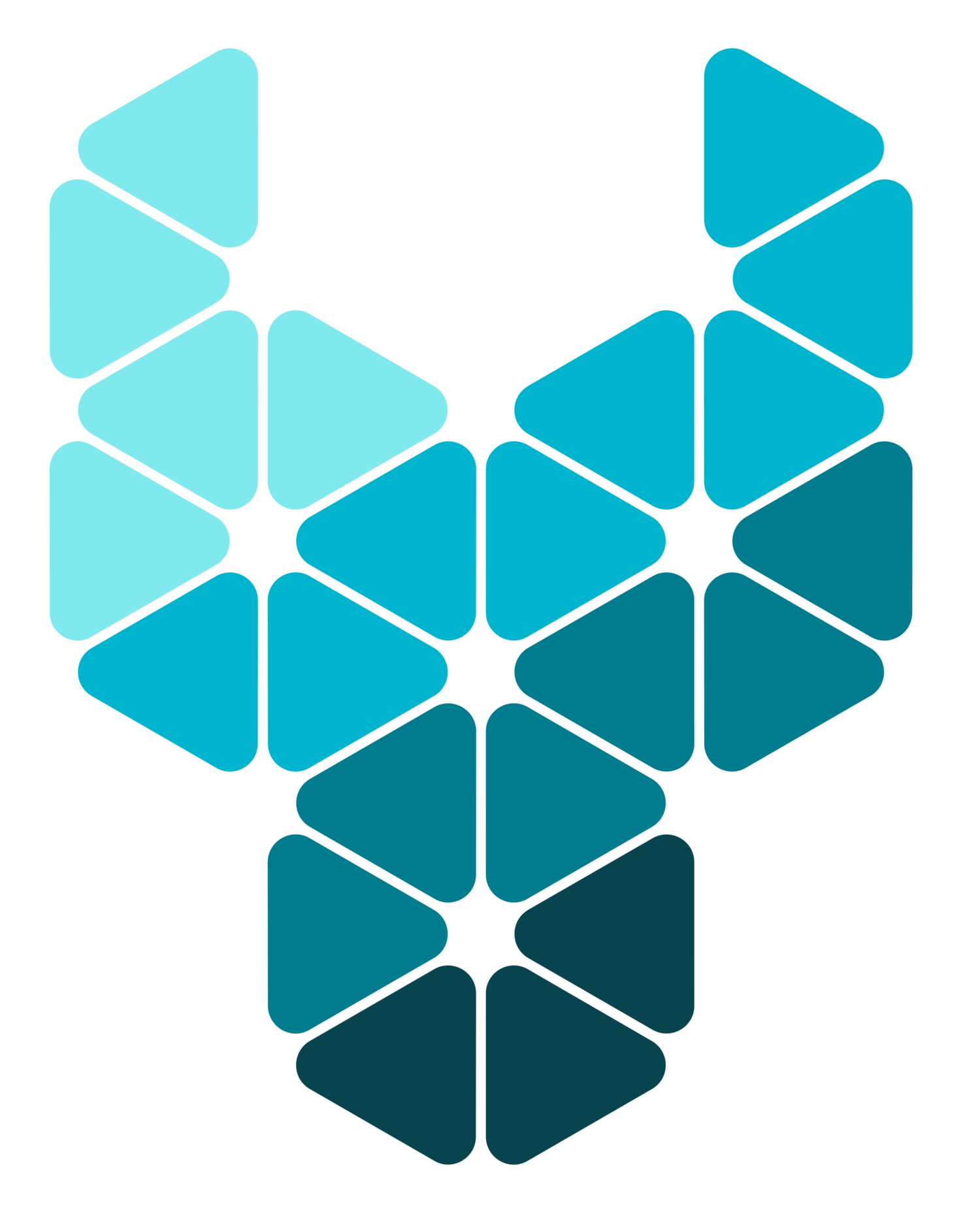Home > Water Saving Retrofit
Water-saving retrofits
We provide water conservation solutions to increase water efficiency in buildings.
Water wastage is a big problem but creative solutions available today can tackle the issue resulting in great savings for building owners and managers.
Water-saving fixtures and smart metering can help curb excessive water consumption.
A water-conservation retrofit is a green efficiency project which involves the use of a variety of strategies to reduce water demand in a building.
Measures such as high-efficiency water fixture upgrades, low flow toilet upgrades, smart sensors, smart metering, rainwater harvesting, on-site treatment, water reclamation, etc. can greatly reduce water demand.
Water efficiency is even important in green building rating systems such as LEED which place high importance on addressing water holistically.
Stout Energy provides package solutions for improving the water efficiency of buildings.
With our dedicated team of engineers, technicians, and seasoned experts we provide the best service for water eficiency retrofit solutions in UAE.
THE PROCESS
Free site survey
Your building’s water demand will be compared to that of similar building benchmarks. Site will then be checked for faults such as leaks, incorrectly sized fixtures, water quality and usage modes (eg: using non-potable water for irrigation), etc. Based on the results of the water use calculator, a feasibility study will assess what measures can be adopted to achieve the highest efficiencies.
retrofits
Inefficient/high flow fixtures such as showerheads, shower sprays, toilet flush fixtures, etc can be replaced by high-performance water fixtures. Motion sensors can be added to flow fixtures such as faucets to limit water usage. High-efficiency aerators may be used to limit flow. Once the demand is addressed, measures can be taken to address supply such as rainwater harvesting, graywater treatment, etc.
monitoring
Smart metering that tracks water usage will alert operators when improper consumption is detected. This data can also be used to benchmark against similar buildings to ensure better efficiency strategies are adopted over time. Monitoring can extend beyond indoor water use and can be employed across outdoor consumption fronts such as landscaping, irrigation, etc.
Solutions

High flow fixtures such as showerheads, faucets, etc., can be replaced by low flow versions to immediately achieve water savings. Payback periods range between 2-4 years.

Graywater can be treated on-site to be used again for non-portable needs such as irrigation.

Smart water sub-metering can enable constant monitoring of water consumption and hence help reduce wastage.




